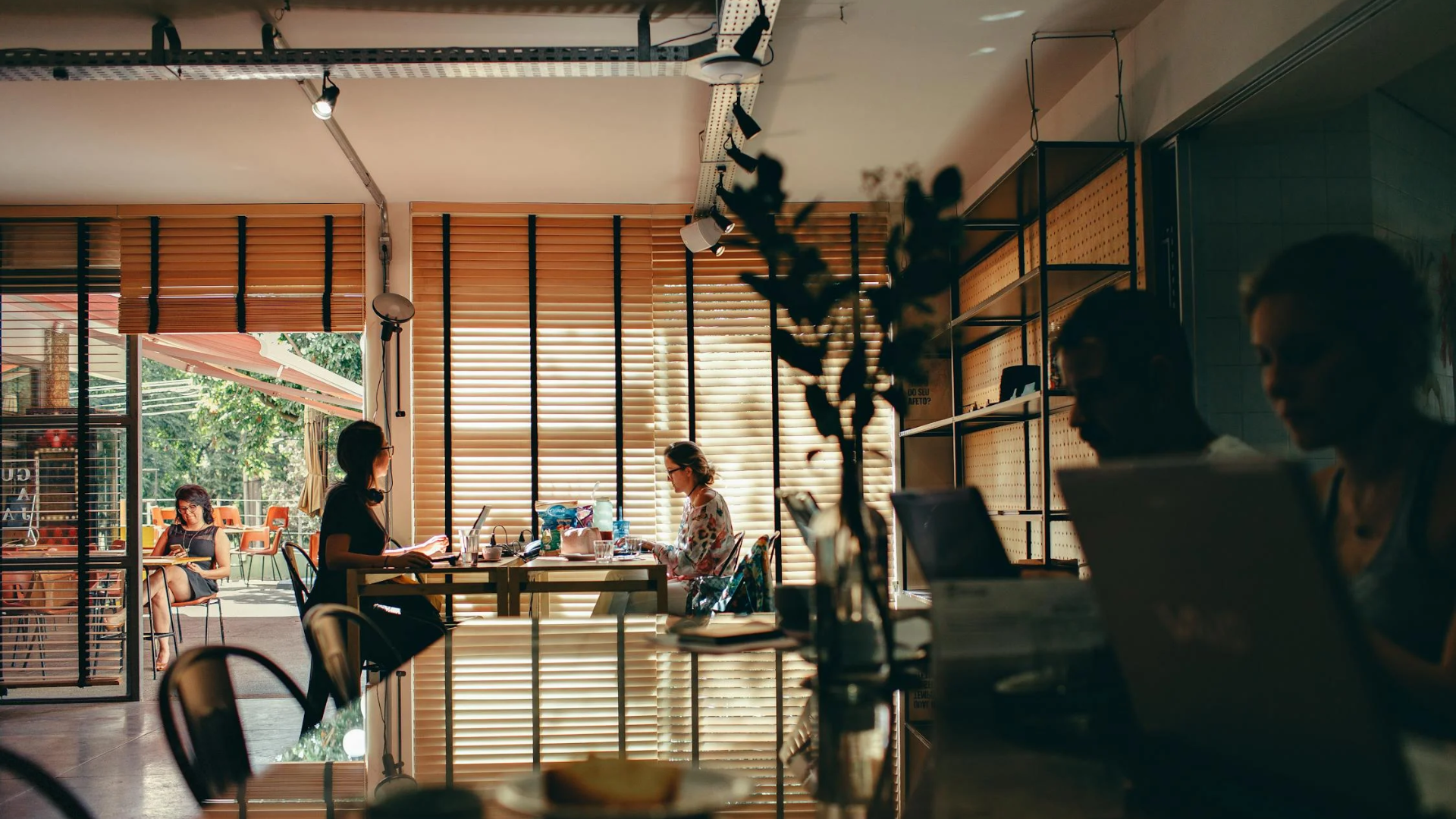Pexels.com
In France, coffee shops are becoming the go-to spots for connection and community
How I discovered third places
When I first started working at Starbucks, one of the first things I heard was, “Starbucks’ concept is all about being a third place”. I remember thinking, what is a third place?
According to my manager at the time, the first place in our lives is home, the second is the workplace, and thus, the third place is a public space where the community can relax and socialise. Initially, I was a bit taken aback by this idea, as the first thought that came to mind was, “Why would anyone choose to relax in a public space and not at home”? However, after a few months into working there, I slowly started understanding the concept. Surprisingly, I found myself spending more time at my part-time job, and it gradually became my third place – a space where I felt comfortable, at ease and connected with the people I liked (in this case, it was my coworkers).
What is a third place?
There are several definitions of the concept of third place. According to the American sociologist Ray Oldenburg, third places “host the regular, voluntary, and happily anticipated gatherings of individuals beyond the realms of home and work”. In simpler terms, third places are informal and accessible spaces where people can come together freely.
France’s third places
In France, the concept of third place is still relatively new, having first emerged in the 2000s. In 2018, there were approximately 1,800 third places. By the end of 2022, this number had jumped all the way to 3,500, reflecting a significant growth in popularity in French culture. In many ways, third places can be considered as spaces to physically connect with other people, as we now live in an increasingly digital world. Interestingly, a significant portion of these spaces are coffee shops – a topic that we will explore further in a future article.
